Nutritional Data on Food Labels
The nutrition data on food labels required to meet the new regulations (EU FIC 2013), mean companies must supply nutritional data on pre-packed foods. The nutrition information needed is the levels of energy, fat, saturates, carbohydrate, sugars, protein and salt per 100g of product. Optionally, producers may also give these values per serving, portion (e.g. whole sandwich) or serving unit (e.g. a biscuit). The data can be declared on the front of pack but there are strict rules about what may be declared and what may not.
Food scientists analyse and calculate the information for each food by doing different laboratory tests. They use expensive and precise machinery and technology to calculate the fat content, salt levels etc.
Laboratories specialising in analysis for nutrition data on food labels have historically offered two types of testing, Group 1 or Group 2 testing. Other tests are available that can analyses all sorts of other nutrition data for vitamins and minerals too. These in-depth tests obviously come with a price tag and are not mandatory.
Group 1 nutrition analysis is the minimum nutritional declaration that was allowed prior to December 13 2014. Group 1 testing only finds the energy, protein, carbohydrates and fat. Therefore, Group 2 testing is required as it finds a lot more data which needs to be presented on the labelling.
Group 2 nutritional analysis finds energy, protein, carbohydrates, sugars, fats, saturates, fibre and sodium. Fibre is included in the test group but Fibre content is actually an optional nutrition element and need not be declared on the pack. The only other data needed is salt.
Back to chemistry class!
- Table salt is Sodium Chloride (NaCl).
- The amount of sodium needs to be divided by 22.99 which is the atomic mass for sodium.
- The atomic mass for Chlorine is 35.45. Therefore;
- the atomic mass for salt (NaCl) is 58.44 (22.99 + 35.45).
So salt can be calculated from a sodium value using this formula:
(Sodium/22.99) x 58.443 = Salt Content
or
(1/22.99) x 58.443 = 2.54
Therefore:
Sodium x 2.54 = Salt content
The government has mandated a far simpler formula which is simply to multiply the Sodium content by 2.5 so actually:
Sodium x 2.5 = Salt
Find more information on nutrition data on food labels from our sister website at Nutridata – Nutrition Calculation Software for the food industry. Alternatively, to find out more about nutrition data on food labels, call us on 01332 864895 or fill in the form below and we will contact you by return.

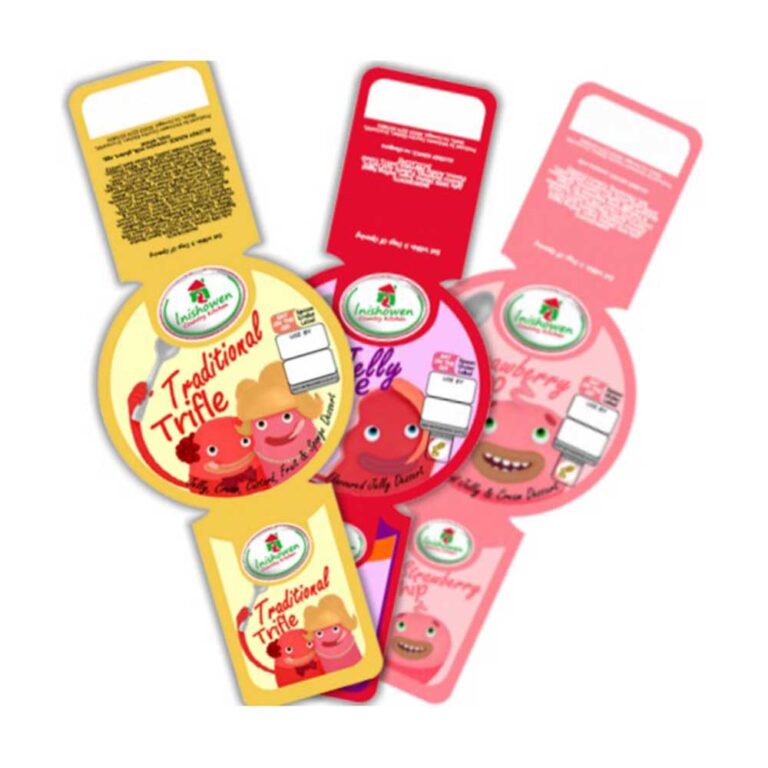


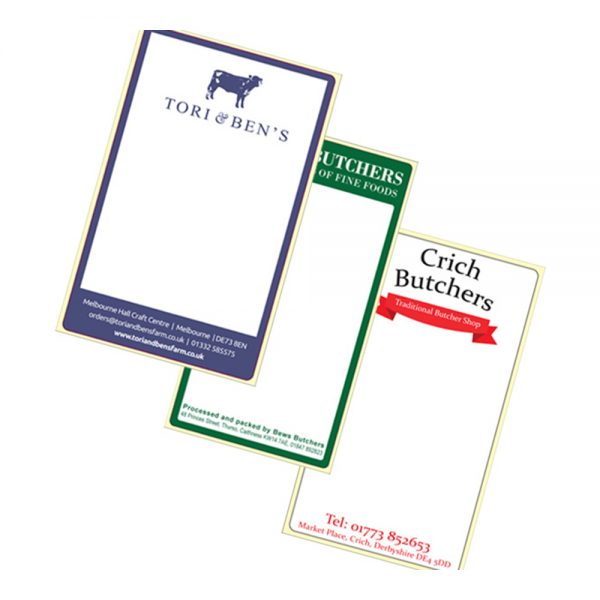
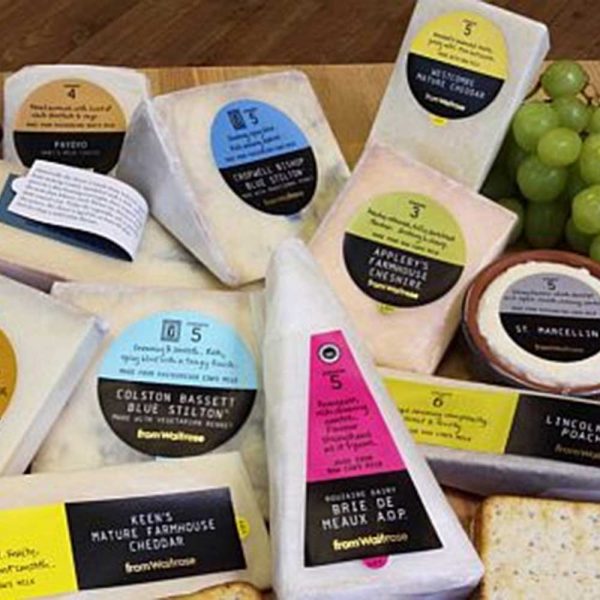

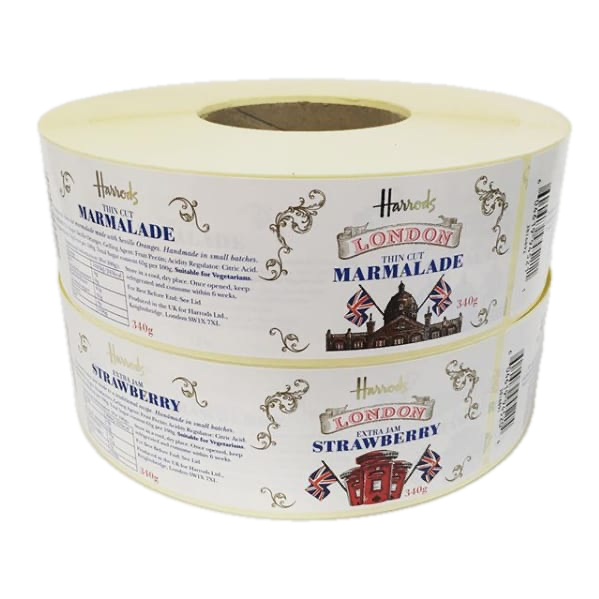

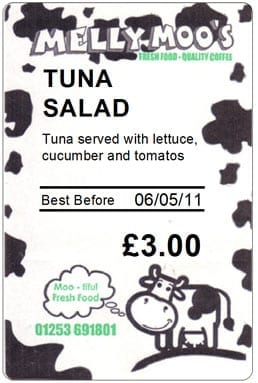

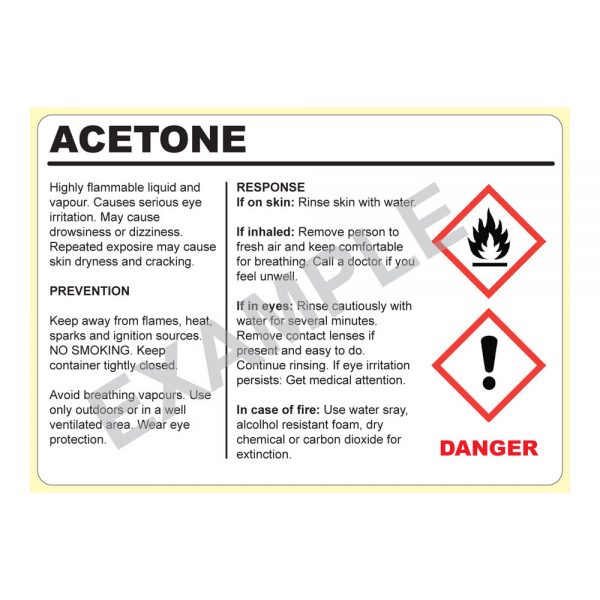
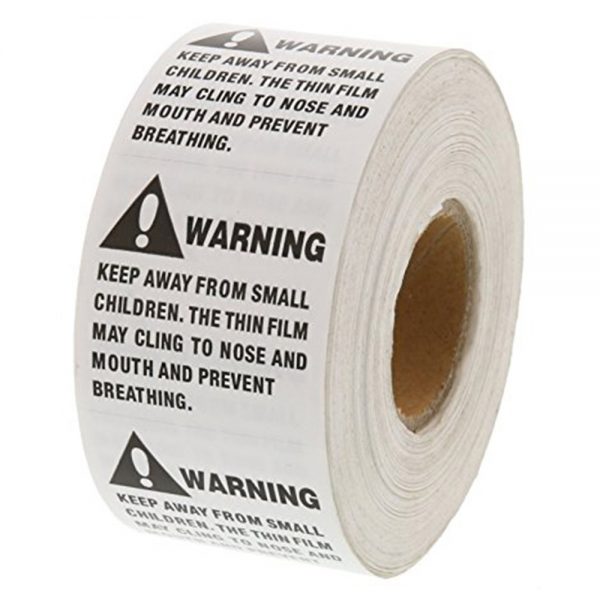
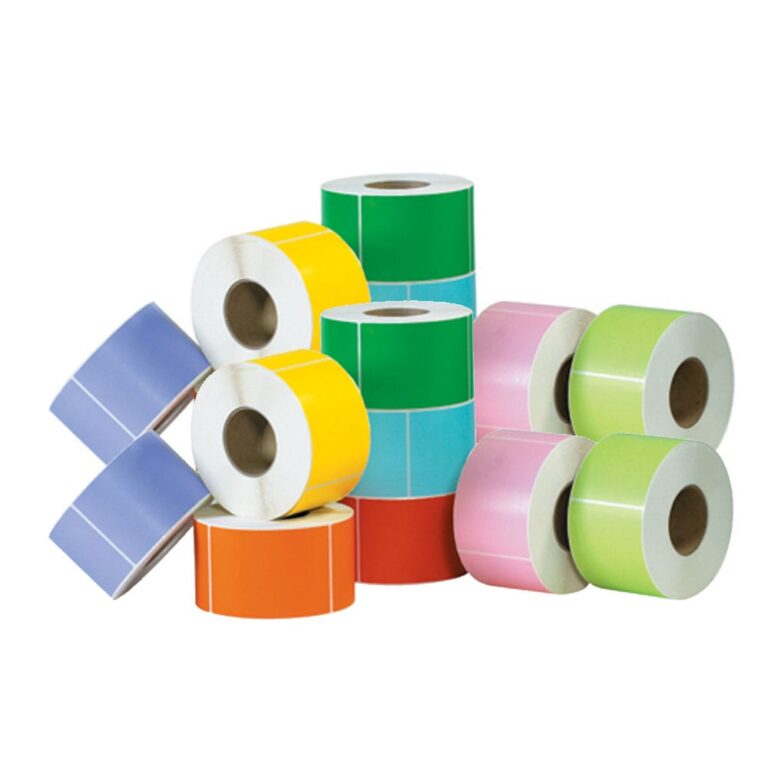
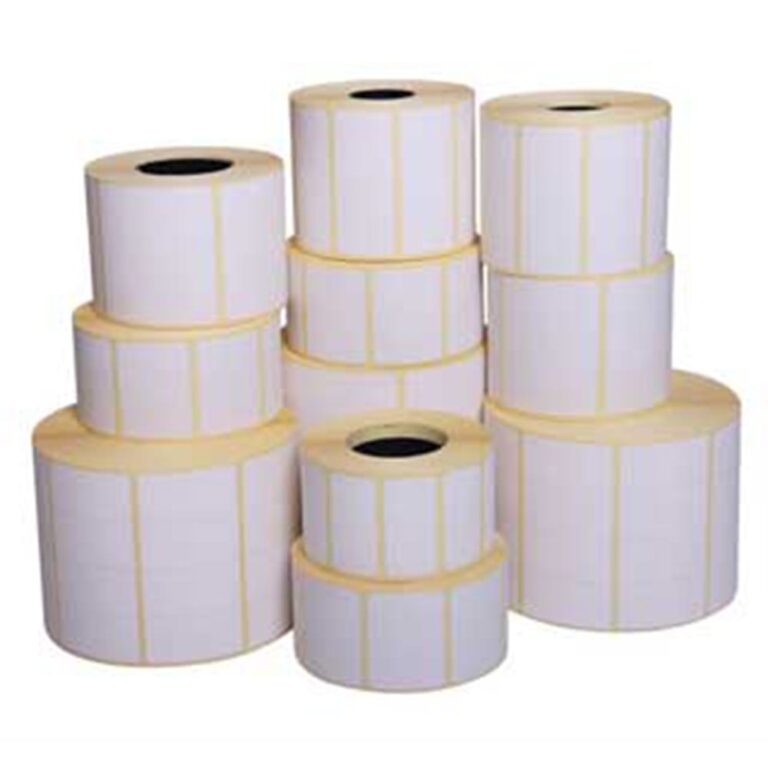
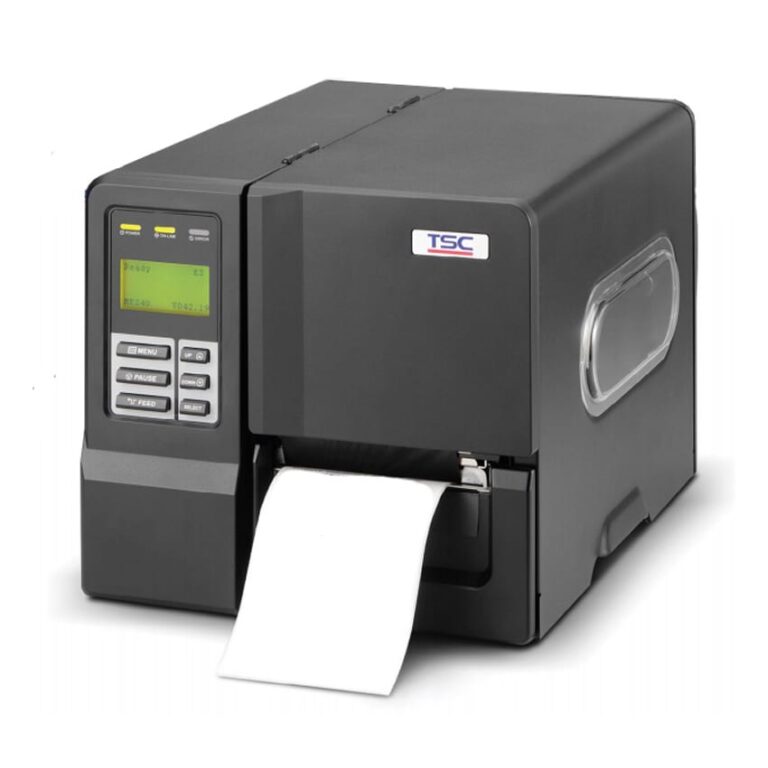
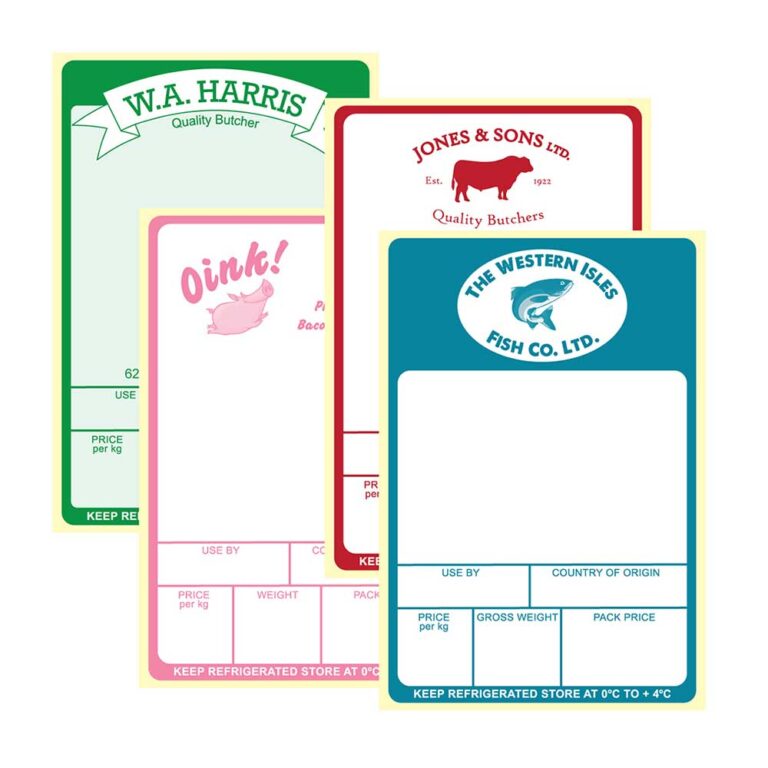
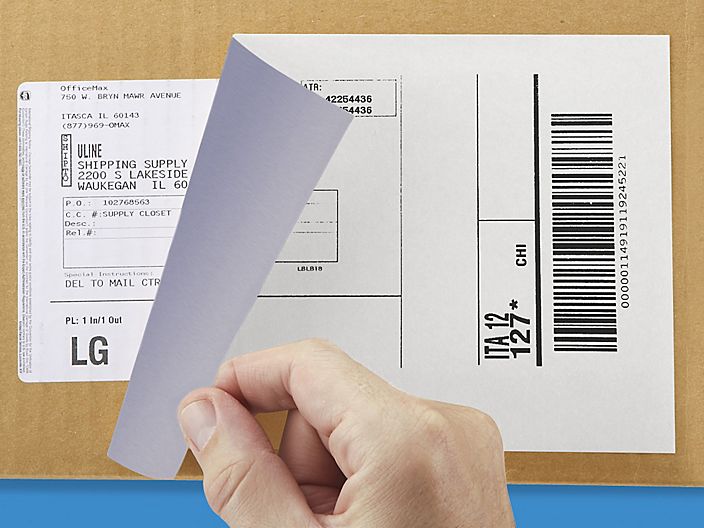
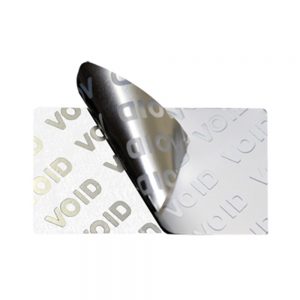
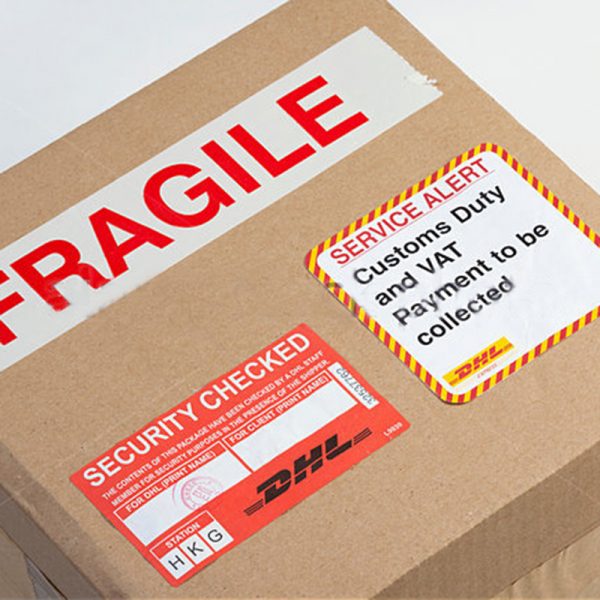



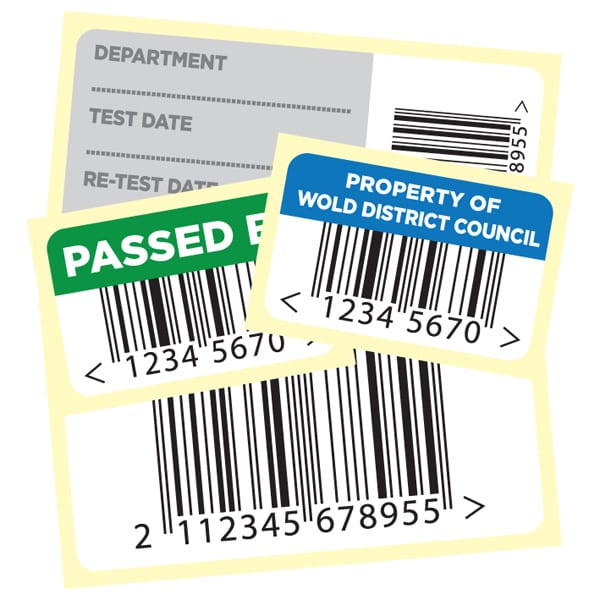
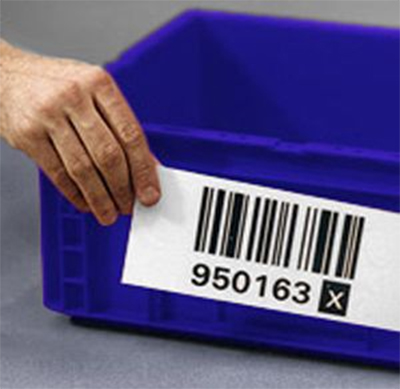
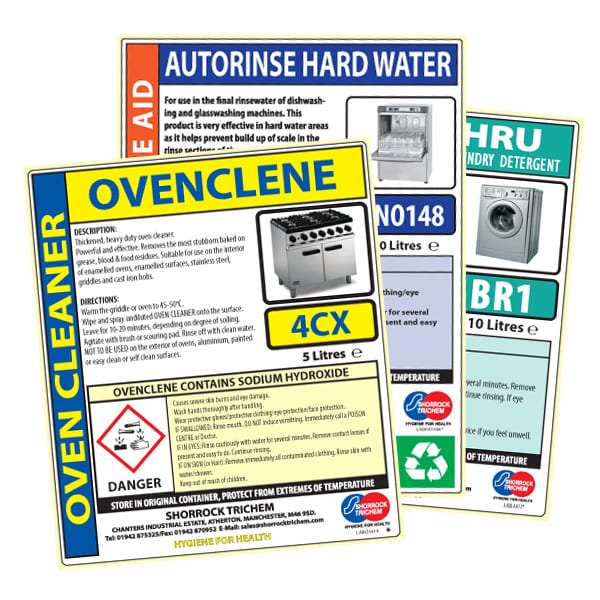


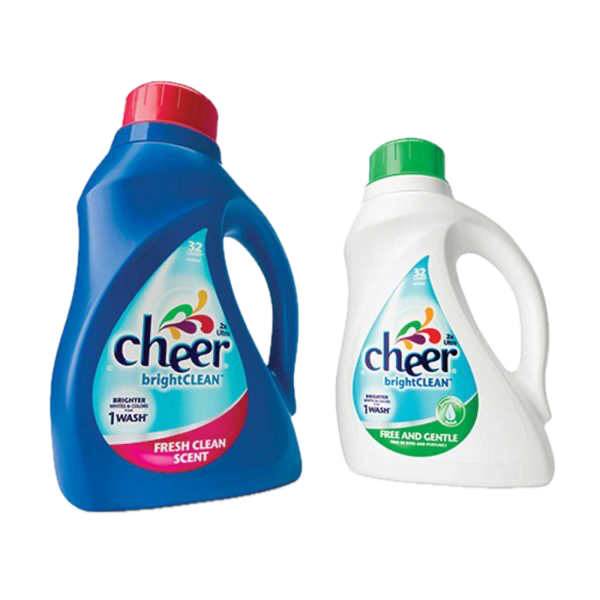








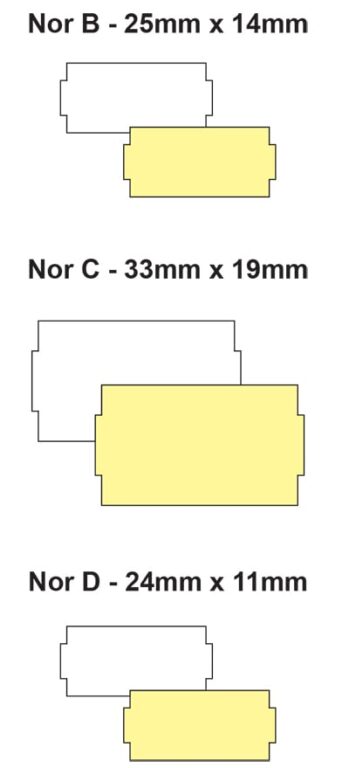






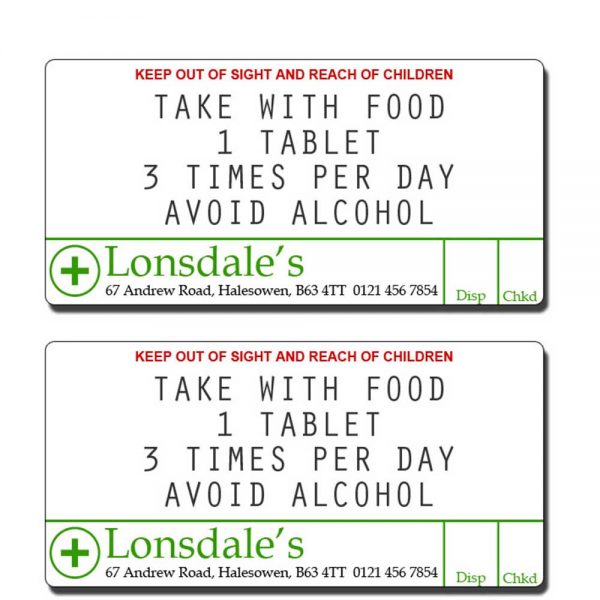







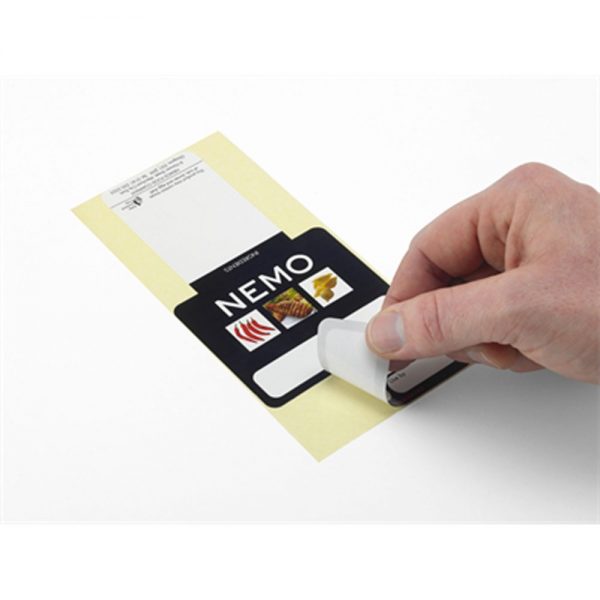
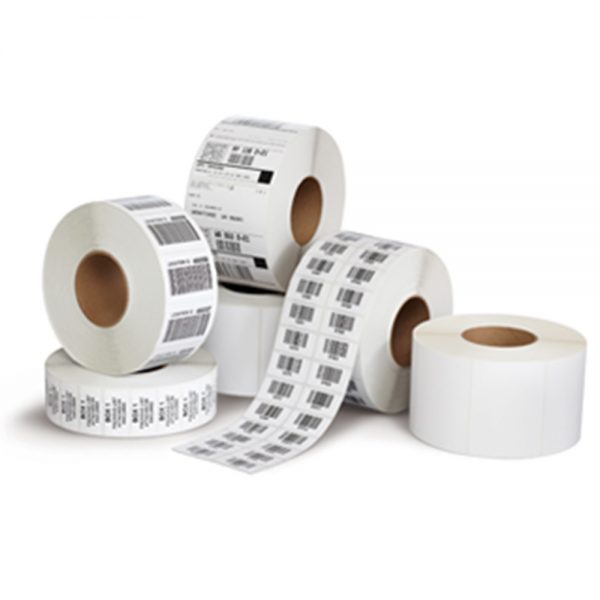
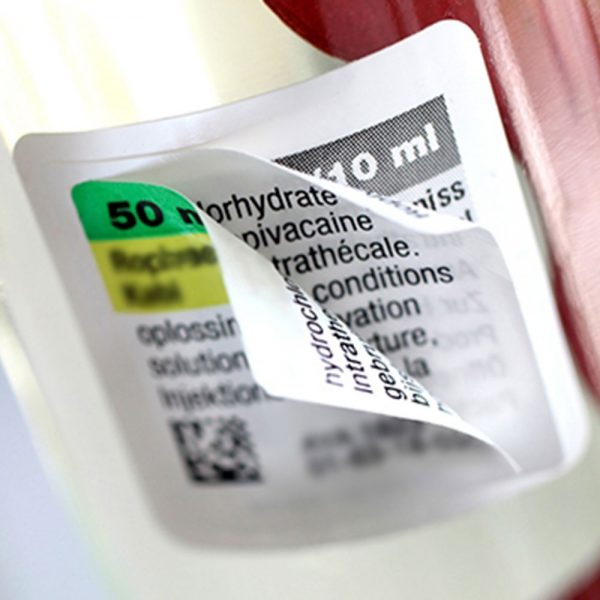


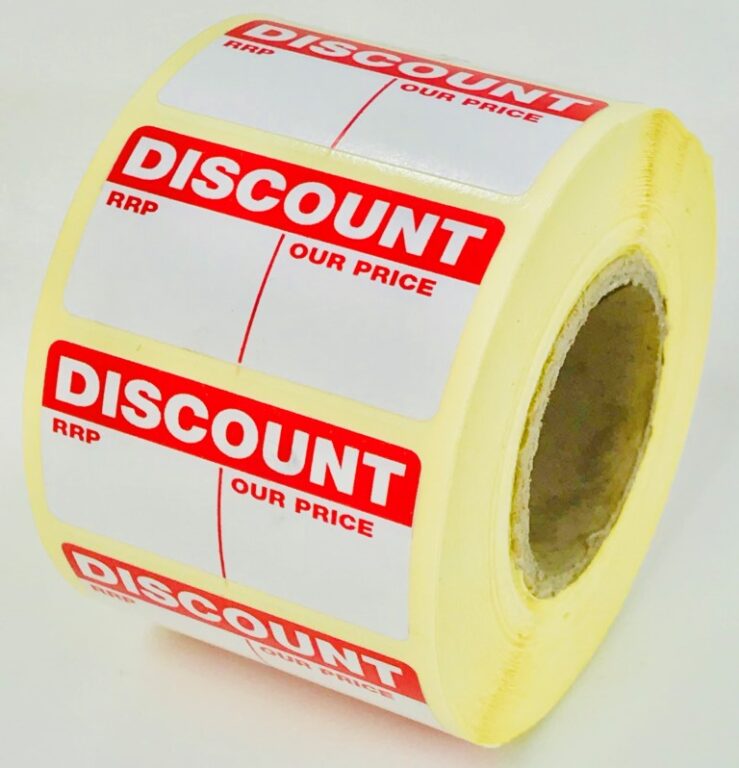

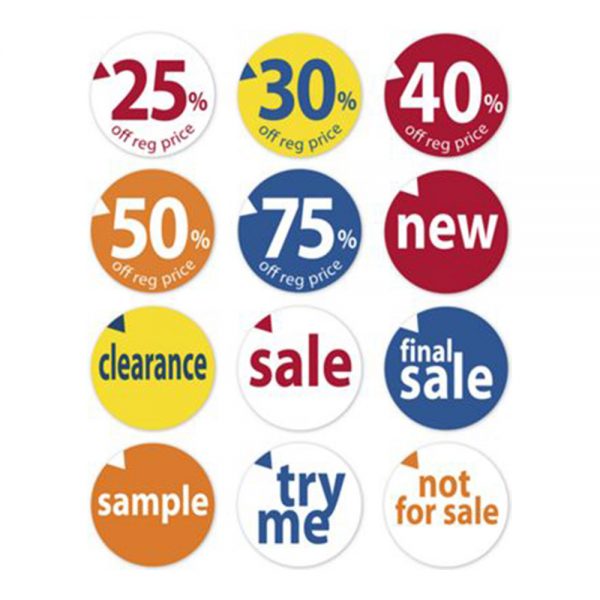


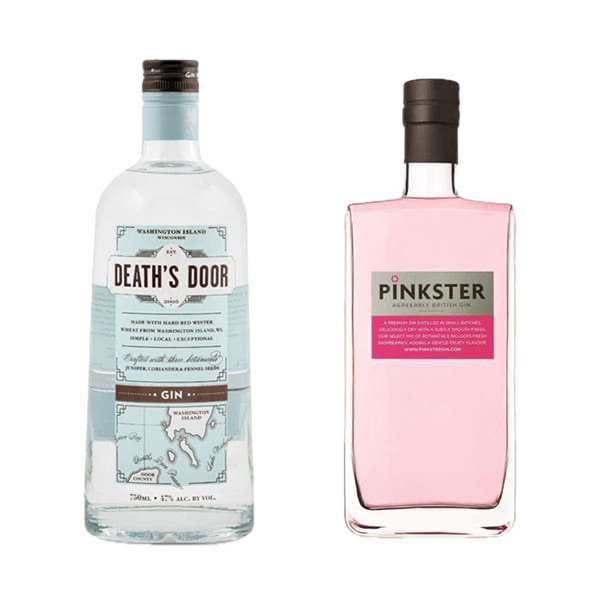
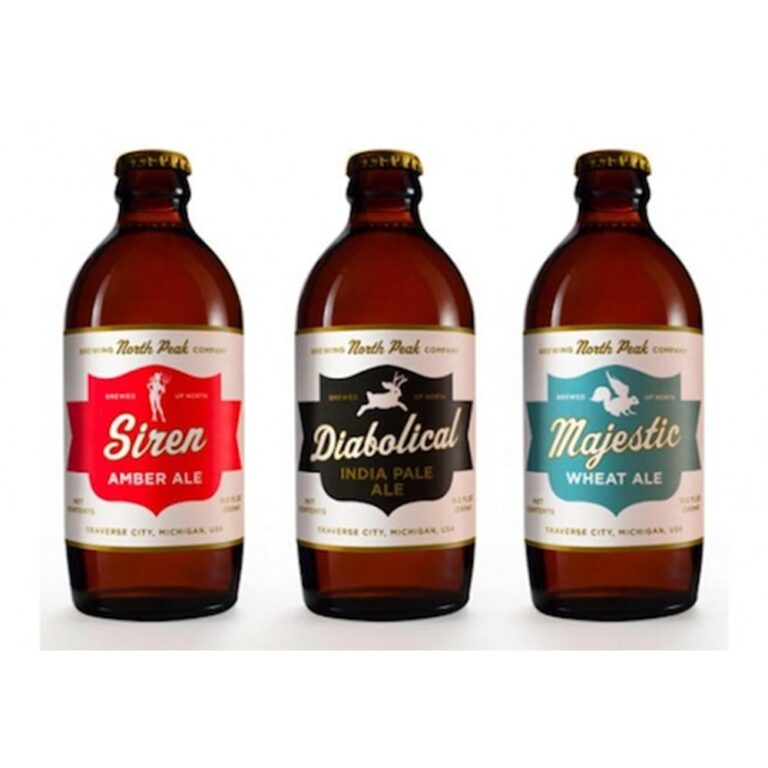
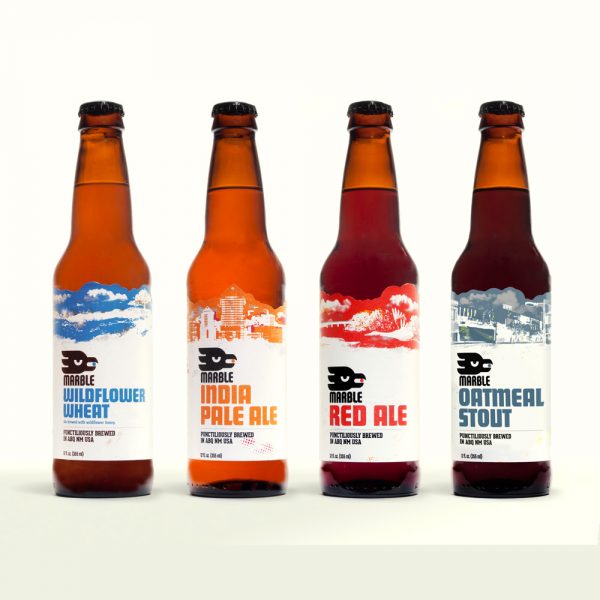









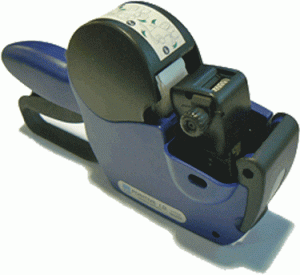












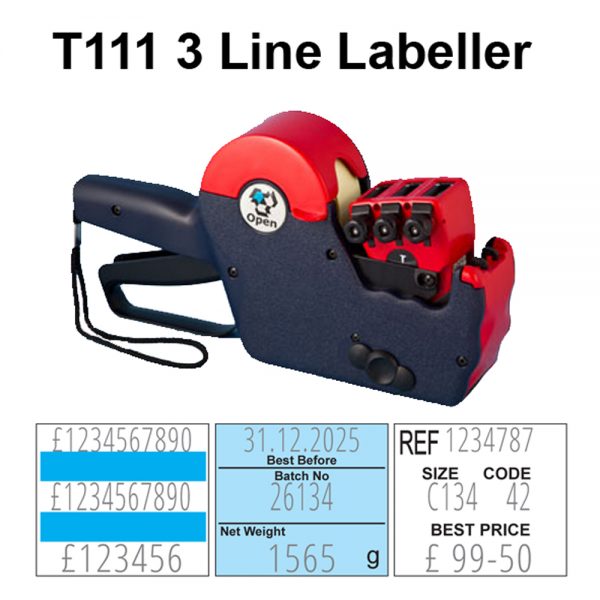
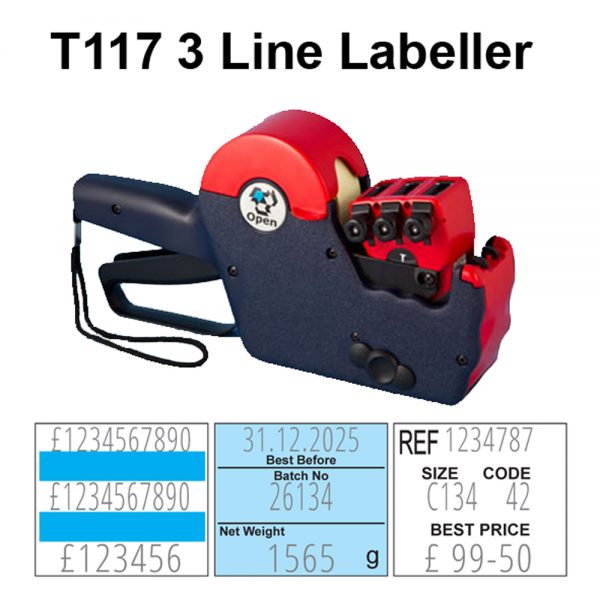
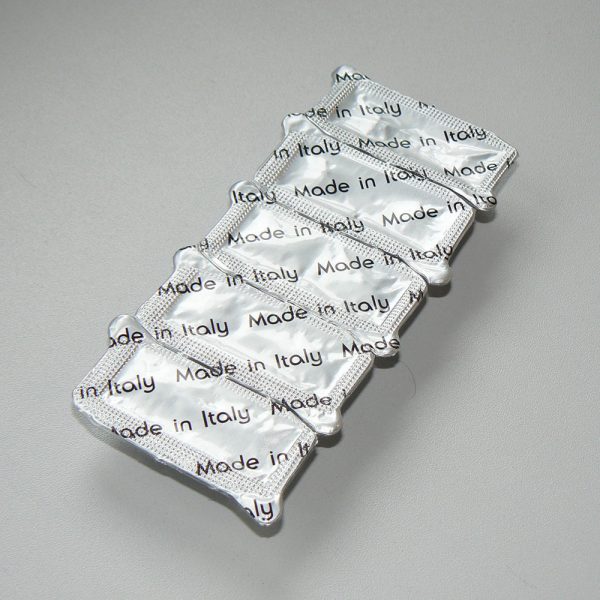
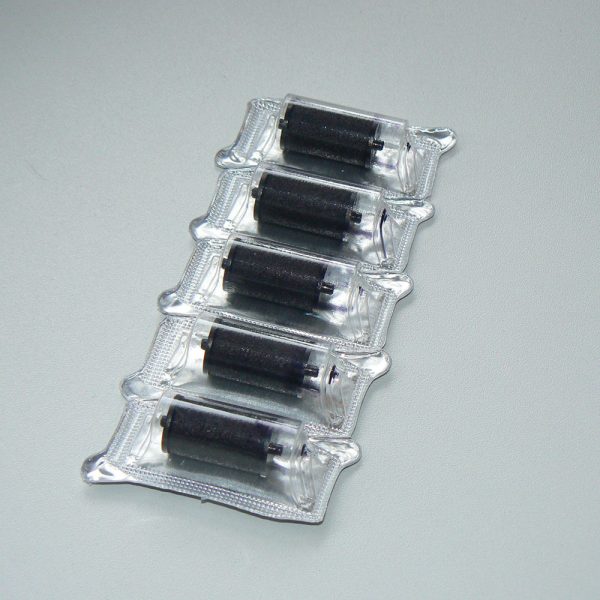
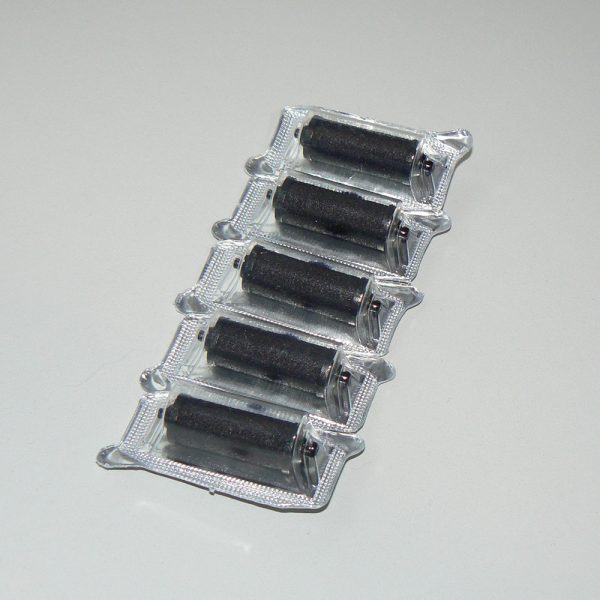
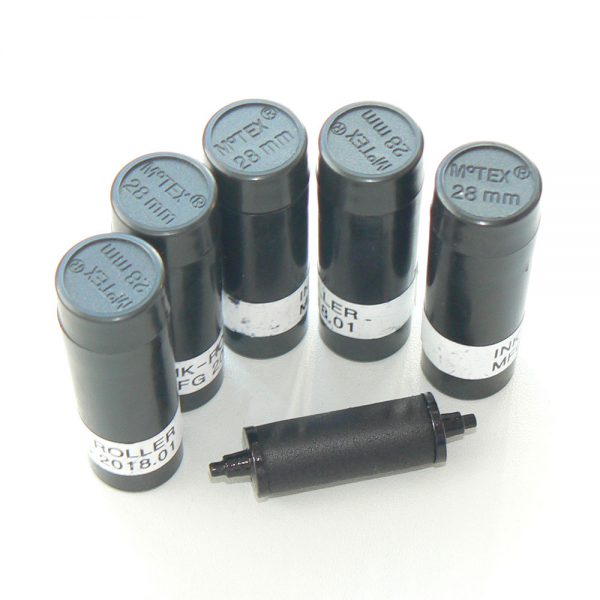
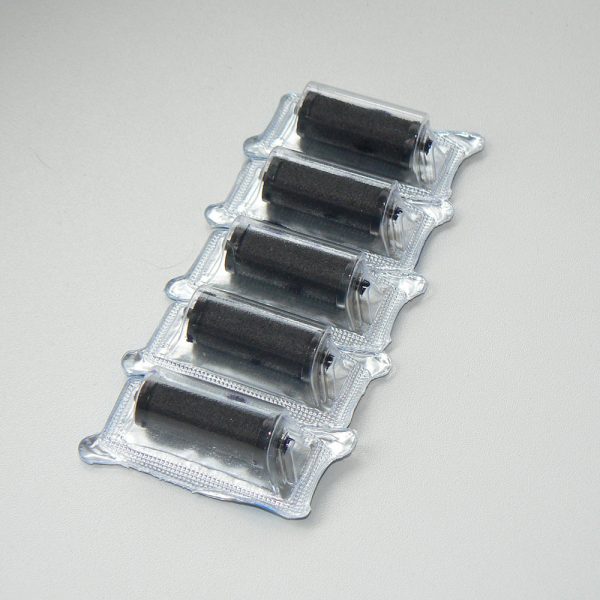
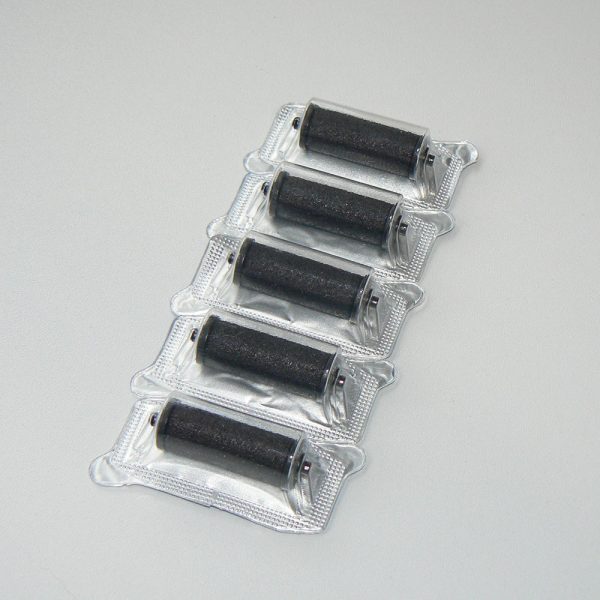
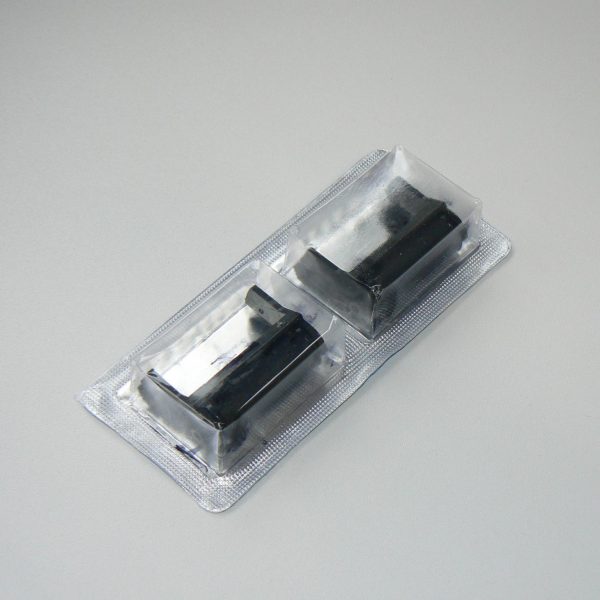
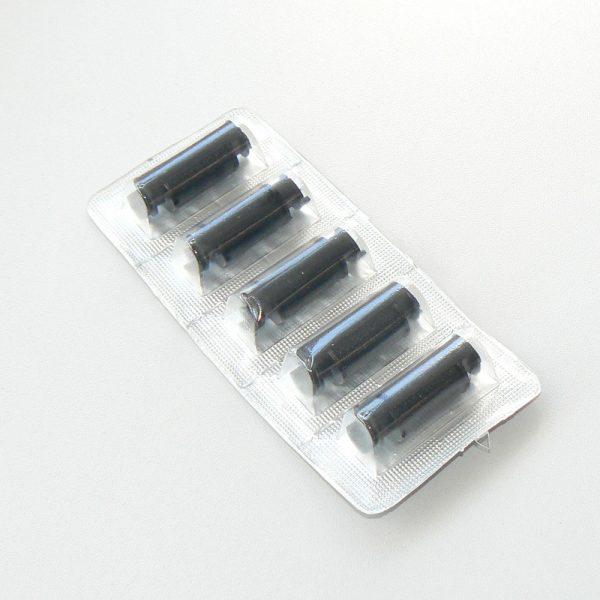

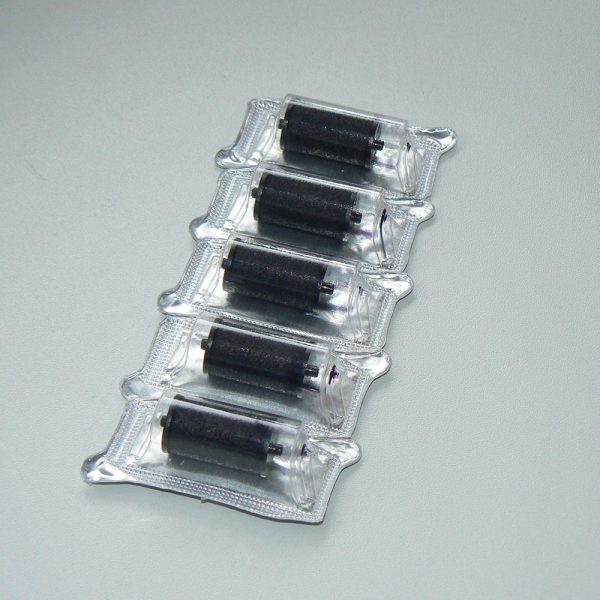
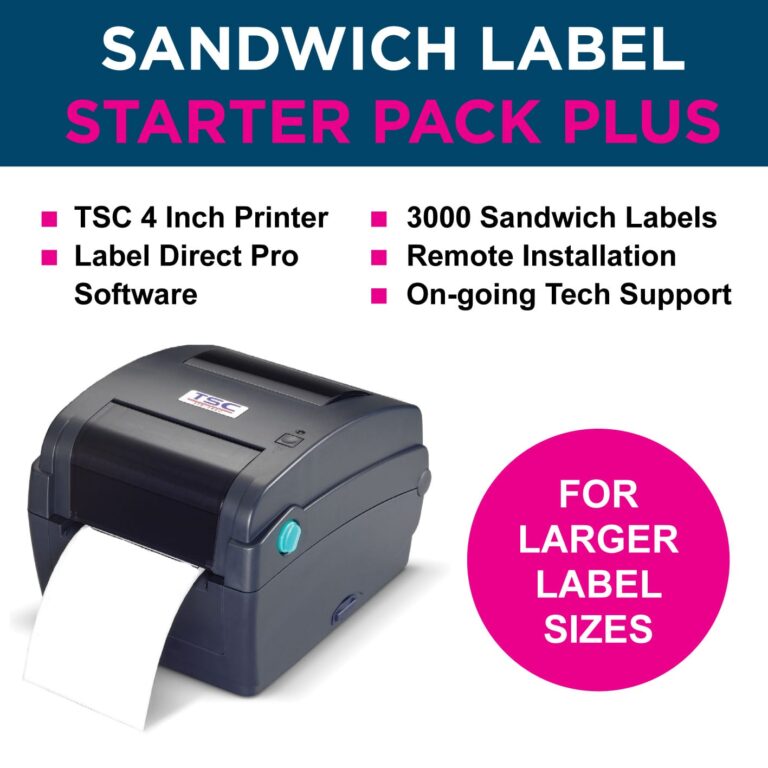
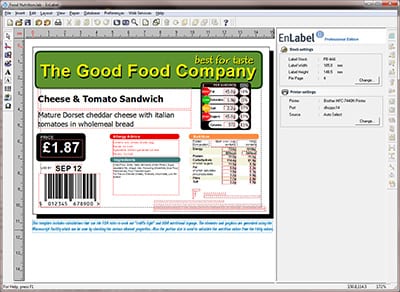
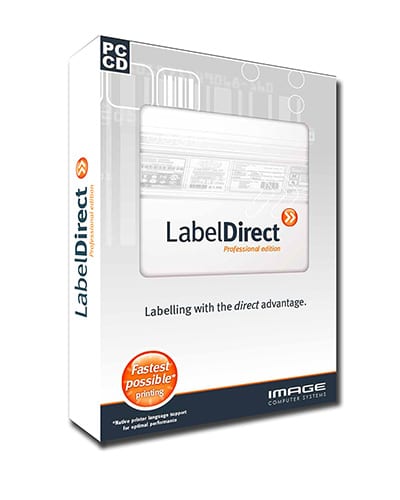
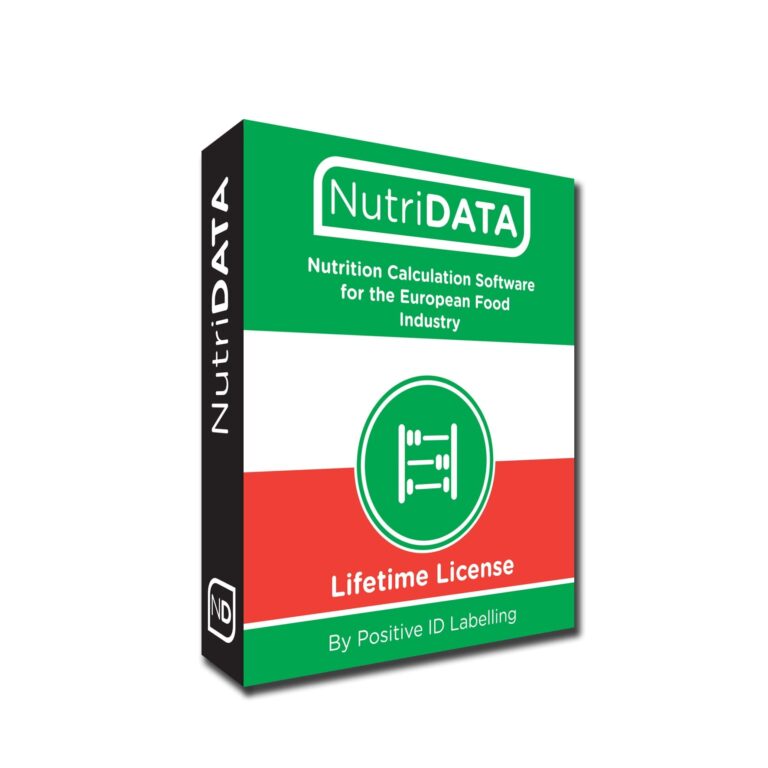



 Advanced encryption keeps your data safe and secure
Advanced encryption keeps your data safe and secure